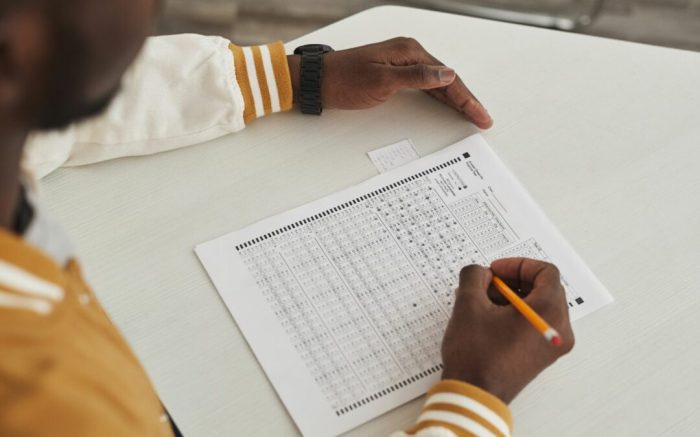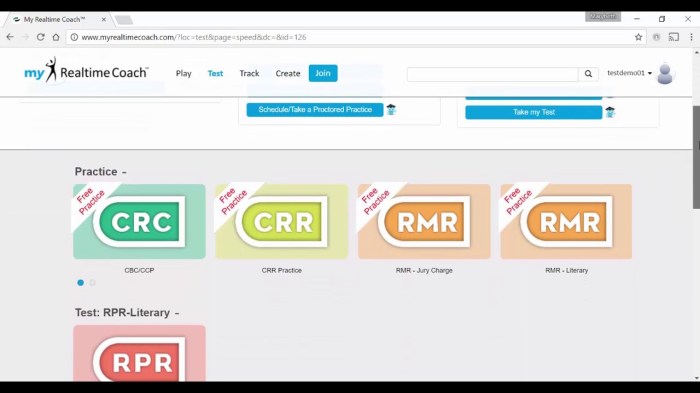Embark on a journey of spatial discovery with “Basic Orientation Plus Practice Test,” a comprehensive guide that empowers you to master the art of navigation and develop a strong foundation in basic orientation. This guide provides an in-depth exploration of the fundamental concepts, practical applications, and advanced techniques of basic orientation, equipping you with the skills to navigate confidently in any environment.
Through interactive exercises, engaging examples, and a carefully crafted practice test, you will gain a thorough understanding of map reading, compass use, spatial reasoning, and the latest technological advancements in orientation. Whether you’re an aspiring adventurer, a professional in need of enhanced spatial awareness, or simply curious about the world around you, this guide will serve as your trusted companion on the path to becoming an expert in basic orientation.
Basic Orientation: Basic Orientation Plus Practice Test

Basic orientation refers to the fundamental knowledge and understanding individuals acquire about their surroundings and themselves. It encompasses spatial awareness, body awareness, and temporal awareness.
Basic orientation is crucial in various fields, including education, psychology, and medicine. In education, it forms the foundation for developing spatial reasoning, map-reading skills, and problem-solving abilities. In psychology, it helps assess cognitive functioning and identify developmental delays. In medicine, it is essential for diagnosing and treating neurological disorders affecting spatial orientation.
Examples of Basic Orientation Techniques
- Using landmarks and reference points to navigate
- Recognizing left and right sides of the body
- Understanding the concept of time and sequencing events
- Employing maps, diagrams, and other visual aids to enhance spatial orientation
Practice Test

The practice test is designed to assess basic orientation skills, covering various aspects of spatial awareness and navigation.
The test includes questions that evaluate:
- Cardinal and intermediate directions
- Map and compass reading
- Distance and scale estimation
- Route planning and decision-making
Question 1: Cardinal Directions
Identify the cardinal direction that is opposite to southwest.
Answer:Northeast
Explanation:Cardinal directions are located directly across from each other on the compass: north-south, east-west.
Question 2: Map Reading
On a map with a scale of 1:25,000, measure the distance between point A and point B, which is 4 centimeters on the map.
Answer:1 kilometer
Explanation:1 cm on the map represents 25,000 cm (250 m) on the ground. Therefore, 4 cm represents 4 x 250 m = 1000 m = 1 km.
Question 3: Compass Reading
If you are facing magnetic north and turn 135 degrees clockwise, which direction are you now facing?
Answer:Southeast
Explanation:Turning 135 degrees clockwise from north takes you through east (90 degrees) and southeast (45 degrees).
Question 4: Distance Estimation
Estimate the distance between two buildings that appear to be approximately 200 meters apart.
Answer:Approximately 200 meters
Explanation:Distance estimation is subjective, but using reference points and visual cues can help approximate distances.
Question 5: Route Planning, Basic orientation plus practice test
You are hiking on a trail and come to a fork in the path. One path leads to a lake, and the other leads to a mountain summit. You want to reach the lake first. Which path should you take?
Answer:The path that leads to the lake
Explanation:Route planning involves decision-making based on your destination and available options.
Practice Exercises

Interactive exercises are crucial for honing basic orientation skills. These exercises target essential aspects like map reading, compass use, and spatial reasoning, providing valuable practice and feedback to enhance understanding and proficiency.
Map Reading
Map reading exercises involve interpreting topographic maps, identifying landmarks, and determining distances and directions. These exercises help develop the ability to navigate unfamiliar terrain effectively.
Compass Use
Compass use exercises focus on understanding compass principles, orienting maps, and determining bearings. They foster the practical application of compass skills in real-world scenarios.
Spatial Reasoning
Spatial reasoning exercises involve mental manipulation of spatial information, such as visualizing objects in different orientations or solving puzzles that require spatial understanding. These exercises enhance the ability to think spatially and solve problems involving spatial relationships.
Applications of Basic Orientation

Basic orientation is a fundamental skill that plays a crucial role in our daily lives and various activities. It allows us to navigate our surroundings, explore new environments, and make informed decisions.
One of the most practical applications of basic orientation is in navigation. Understanding the cardinal directions (north, south, east, west) and their intermediate points (northeast, southeast, southwest, northwest) enables us to determine our position and plan our movements. This knowledge is essential for travelers, hikers, sailors, and pilots, who rely on basic orientation to navigate unfamiliar territories.
Exploration
Basic orientation is also vital for exploration. When venturing into unknown environments, the ability to determine one’s location and direction of travel is crucial for safety and progress. Explorers use a combination of natural landmarks, maps, and compasses to maintain their orientation and avoid getting lost.
Other Activities
Beyond navigation and exploration, basic orientation has applications in various other activities. In sports, athletes use orientation to assess the playing field, anticipate opponents’ movements, and plan their strategies. In construction, architects and engineers rely on orientation to determine the optimal positioning of buildings and structures based on factors such as sunlight, wind direction, and surrounding landmarks.
Developing strong basic orientation skills has numerous benefits. It enhances our spatial awareness, improves our ability to make sense of our surroundings, and fosters a sense of direction and confidence. By honing these skills, we can navigate unfamiliar environments with ease, explore new places with a sense of adventure, and make informed decisions based on our understanding of our surroundings.
Advanced Techniques

Basic orientation skills can be further enhanced through the application of advanced techniques. These techniques often involve the use of technology, such as GPS (Global Positioning System) and GIS (Geographic Information Systems), which provide precise location information and allow for the creation of detailed maps and models.
Technology for Orientation
GPS is a satellite-based navigation system that provides real-time location and time information to receivers on the ground. GPS receivers can be integrated into handheld devices, vehicles, and even smartphones, allowing users to determine their precise location and navigate unfamiliar areas with ease.
GIS is a computer-based system that allows for the creation, storage, and analysis of geographic data. GIS data can include layers of information, such as roads, buildings, and land use, which can be used to create detailed maps and models of the environment.
GIS can be used for a variety of orientation tasks, such as route planning, site selection, and environmental analysis.
Applying Advanced Techniques
Advanced orientation techniques can be applied in a variety of situations to enhance navigation and decision-making. For example, GPS can be used by hikers to track their progress on a trail, by drivers to find the most efficient route to their destination, and by emergency responders to locate victims in remote areas.
GIS can be used by city planners to design new developments, by environmentalists to assess the impact of human activities on the environment, and by military personnel to plan and execute operations.
FAQs
What is the significance of basic orientation in various fields?
Basic orientation plays a crucial role in fields such as geography, surveying, architecture, military operations, search and rescue, and outdoor recreation, where accurate spatial awareness is essential for effective decision-making and safe navigation.
How does the practice test assess basic orientation skills?
The practice test is designed to evaluate your understanding of map symbols, scale, direction, distance, and spatial relationships. It includes questions that cover both theoretical concepts and practical scenarios, providing a comprehensive assessment of your basic orientation abilities.
What are the benefits of developing strong basic orientation skills?
Strong basic orientation skills enhance your ability to navigate unfamiliar environments, make informed decisions, and respond effectively to unexpected situations. They also contribute to improved spatial reasoning, problem-solving, and overall cognitive function.